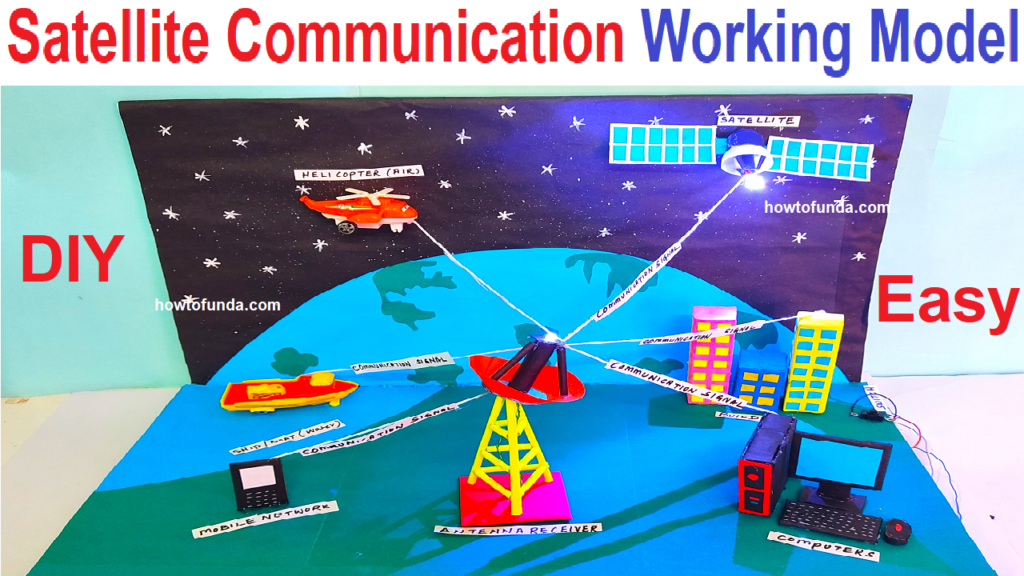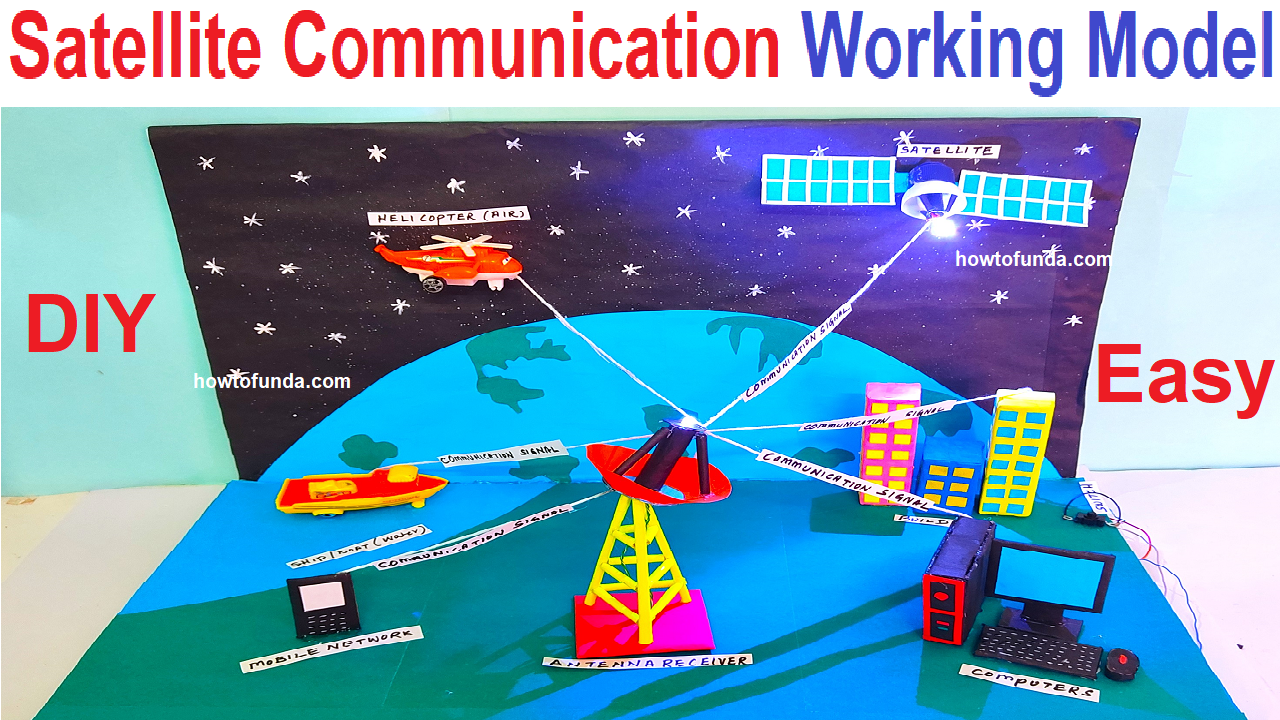Introduction:
Ladies and gentlemen, esteemed judges, and fellow science enthusiasts,
Today, I am delighted to take you on a journey into the fascinating world of satellite communication.

As we gather here at this science exhibition, I invite you to explore the marvels of satellite technology, which has transformed the way we connect, communicate, and navigate our world.
The Dawn of Satellite Communication:
The concept of satellite communication became a reality in the mid-20th century, marking a pivotal moment in the history of telecommunications and space exploration.
Since then, satellites have become integral to our daily lives, enabling global communication and facilitating scientific endeavors beyond our atmosphere.
The Basics of Satellite Communication:
At its core, satellite communication involves the transmission of information – from television signals and phone calls to data and internet services – using orbiting satellites as relay stations.
These satellites orbit the Earth in precise patterns, covering vast areas of the planet and making communication possible even in the most remote regions.
The Components of Satellite Communication:
- Ground Stations: Ground stations, also known as earth stations, serve as the link between terrestrial communication networks and satellites. They send and receive signals to and from orbiting satellites.
- Satellites: Satellites are placed in various orbits, such as geostationary, medium Earth, or low Earth orbits, depending on their purpose. Geostationary satellites, for example, remain fixed relative to Earth’s surface, making them ideal for continuous communication.
- Transponders: Transponders aboard satellites receive signals from ground stations, amplify them, and retransmit them to another location. They play a critical role in ensuring signal strength and clarity.
Applications of Satellite Communication:
- Telecommunication: Satellite communication enables long-distance voice and data transmission, connecting people worldwide through phone calls, video conferences, and internet services.
- Television and Broadcasting: Satellites are used to transmit television signals to millions of viewers, offering a wide array of entertainment and educational content.
- Weather Forecasting: Weather satellites provide essential data for meteorological research, allowing us to predict and track weather patterns and natural disasters.
- Navigation: Global Navigation Satellite Systems (GNSS), including GPS, GLONASS, and Galileo, use satellite signals to determine precise positions and aid in navigation.
- Scientific Research: Satellites contribute to scientific research by collecting data on Earth’s climate, geology, and space exploration.
Challenges and Future Innovations:
While satellite communication has revolutionized the way we connect, challenges such as signal interference, space debris, and cybersecurity must be addressed. Innovations in satellite technology, including smaller and more efficient satellites, promise to expand the capabilities and accessibility of satellite communication.
Conclusion:
In conclusion, satellite communication is not merely a scientific marvel; it is a testament to human ingenuity and our insatiable curiosity about the cosmos.
These orbiting beacons connect us, inform us, and empower us to explore the vast reaches of space.
As we continue to advance in the realm of satellite communication, let us reflect on its profound impact on our interconnected world. It is a reminder that the boundless wonders of space are within our grasp, and together, we can propel ourselves into a future where communication knows no boundaries.
Thank you for joining me on this journey into the cosmos of satellite communication.

